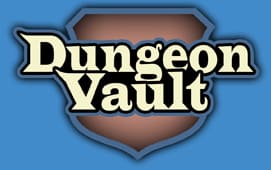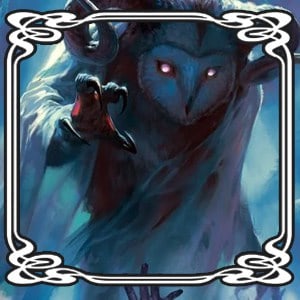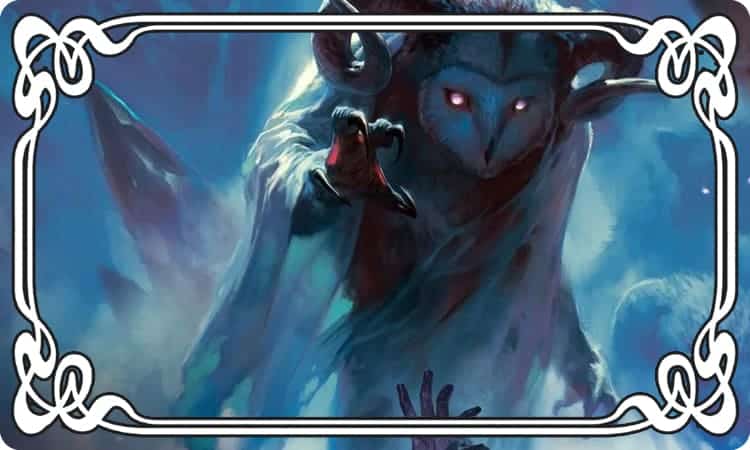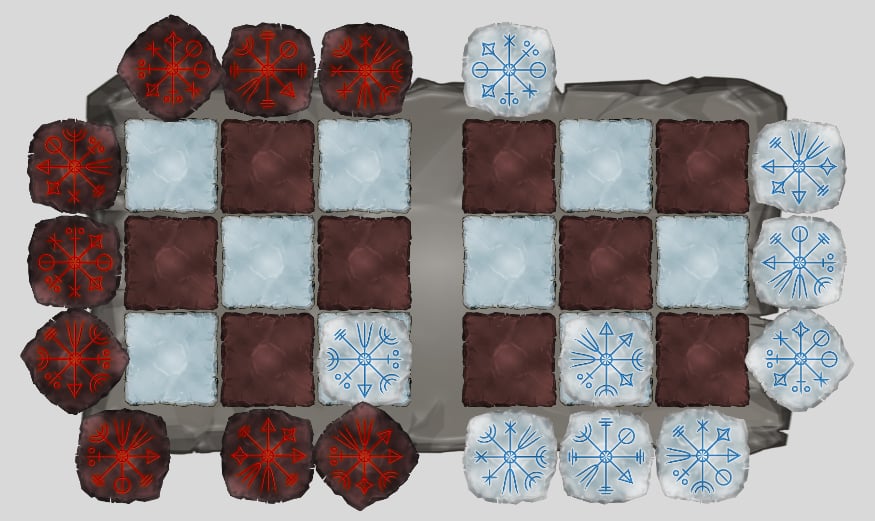Annoying, isn’t it? Your PCs are traveling through a frozen tundra and you want to mix it up a bit by throwing a cool D&D ice puzzle their way. But where can you find an ice-themed puzzle that challenges the PCs to some cold hard math? Let’s face it. Most D&D material doesn’t include ice puzzles. It’s just one combat or environmental challenge after another. Yeti, snowstorm, yeti, avalanche, yeti… Boring.
In this article, we’ll look at some different ice puzzles you can drop into your D&D game to change it up. But what makes ice puzzles different from other puzzles?
What Makes Ice Puzzles Different in D&D?
If you want to create original ice puzzles, looking at the unique properties of ice is a good place to start. It will give you inspiration for coming up with ideas. Some of the obvious yet unique features of ice are:
- Ice melts and freezes in natural weather conditions.
- Ice can be translucent or opaque.
- Ice floats on water.
- Ice can be sculpted.
- Ice that is translucent can bend light.
- Ice is slippery, duh.
For your D&D ice puzzle you could use any of these properties. For instance, players could layer sheets of ice that each have parts of a symbol inscribed in them. Layering the sheets in the proper way, reveals the entire symbol. This puzzle idea uses the translucent versus opaque property for your ice puzzle.
Or you could also create a puzzle where pcs can only travel in straight lines across ice from snowdrift to snowdrift because it’s so slippery. Or maybe pcs must walk the correct pattern across a frozen lake to avoid falling through.
In short: If you start your creative process with focussing on a property, creating your own unique ice puzzle isn’t too difficult.
But while these ice puzzles work perfectly fine for your D&D game on a technical level, they do feel a little stale. So what’s missing?
Creating Better Ice Puzzles for D&D
The two things that are missing from the mentioned ice puzzles are immersion and lore. Allow me to explain:
When I introduce an ice puzzle, or any puzzle, I want it to be an immersive experience for my players. Getting the theme of the puzzle right is a step in the right direction. But what if you can actually introduce an illustrated puzzle players can touch and manipulate? Printing your own ice-themed puzzle pieces or having images for a virtual tabletop helps your immersion immensely.
The second aspect is even more important in my opinion. Using an ice puzzle isn’t just a chance to offer a different type of challenge. It can also add a ton of depth to your story and the lore of your world. Frozen lands are more than a collection of tundras. There’s are many real-life rich cultural references you can draw from that will also add depth to your fantasy ice puzzles.
Incorporating these aspects into your design will take your ice puzzle, from ‘just another D&D challenge’ to being an integral part of your world and storytelling. Every challenge you introduce into your game is also an opportunity to add depth to your world.
Real-life Inspiration for Runestone Ice Puzzles
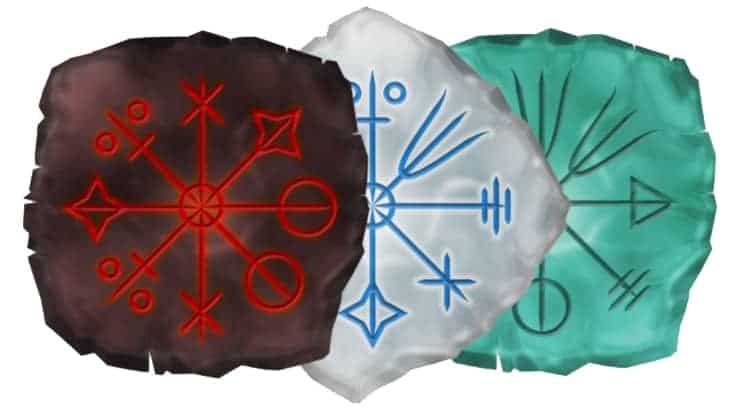
One of the puzzles I created are Runestone Puzzles. For the design and lore of these puzzles I was first inspired by Icelandic culture. The puzzle pieces come in three different colors.
- White with blue symbols, representing ice.
- Black with red symbols, representing rock and lava.
- Green, representing life that struggles to grow in these harsh circumstances.
The symbols that flow in eight directions on the Runestones are very loosely based on the Vegvisir (pronounced ‘VEGG-vee-seer), a symbol described only in the Huld manuscript, an Icelandic collection of spells compiled during the nineteenth century.
Runestones also play a prominent role in Nordic mythology. In the Viking age Runestones were raised stones set as memorials to deceased men. Sigurd the dragon slayer is depicted on several runestones. Also, magic spells could often be found on runestones.
With Runestone Puzzles I didn’t want to literally copy these sources of inspiration, but I did want to capture the feel of these northern cultures. The symbols each have a unique meaning and players might find them inscribed on many objects as part of folk belief or ice magic. Maybe a character gets a tattoo of a symbol while they are in the area, or the wizard might be inspired to learn more about ice magic. The takeaway is that just by introducing a single illustrated ice puzzle you can add to the depth of your D&D campaign.
Technically, Runestone Puzzles works by matching runes on different Runestones. Players solve the ice puzzle by placing all the runestones in a way that all symbols match. You can create an infinite amount of ice puzzles with this pack. It’s really more of a system to create puzzles easily. If you prefer puzzles using all four elements, check out Elemental Puzzles.
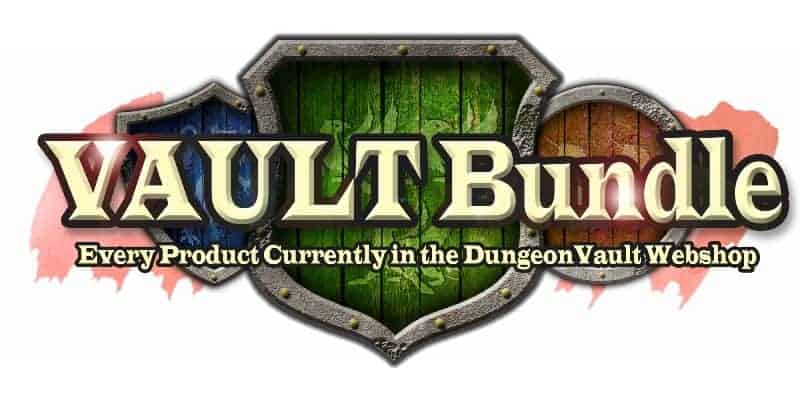
By Paul Camp
Image credit: WotC
